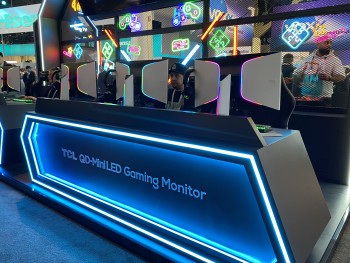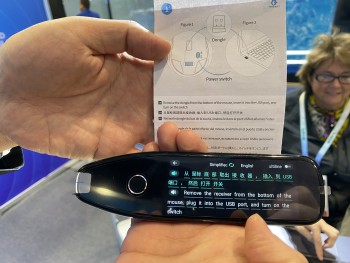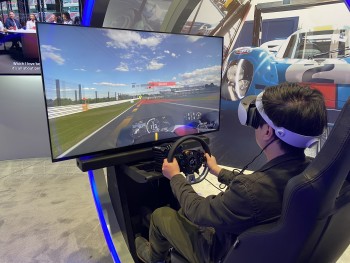The most asked question after CES is, “What was the best thing you saw?” And while it is always possible to identify a product or development that made the greatest impression, the overall experience is often not the paint-peeling, mind-blowing innovation that people expect to be carried back from Las Vegas.
As we discussed yesterday, technology is often an iterative process. Either developments build upon developments or, in the case of consumer tech, an application for an innovation is identified that might not have been front of mind during the R&D process.
Take, for example, smart film printing from Purdue University. The engineering department developed a roll-to-roll manufacturing process for thin film IoT sensors that can print these devices at a rate of several feet per minute. Set aside the impression of sensors encased in plastic housings and think of a material as thin as and yet more flexible than camera film. And then consider that it is biodegradable. And then imagine the applications for agriculture (seeding fields with sensors to track moisture and chemical levels) or medicine (placing internal or external sensors for diagnoses or healing (yes, CES features smart bandages)). This is where we get to the iterative wow factor; this is the step to achieving better – in increments, to be sure, but increments can be both large and small.
Closer to home, gaming is also taking center stage at CES. The U.S. gaming industry is estimated at about $60 billion dollars (this figure is a drawn average from several sources). Gaming is a precursor to esports, which are multiplayer competitive video-platform games played either virtually or “in-person,” often with either live spectators in tournament settings or online viewers for streamed competitions. And, again, drawing from different sources, of the more than 200 million Americans who game, 43% game only online. But as much as we value esports for their ability to cultivate soft skills such as leadership, teambuilding and communication (skills that are built across a variety of varsity sports) as well as the technical skills that can also be a launch pad for career building, we still care about physical fitness. And this is where we meet firms like Playfinity.
Playfinity blends electronic gaming with physical equipment – for example, a regulation size baseball or soccer ball. The platform recognizes the allure of screens and connects them to an on-the-field game. So, using the IoT connected sports equipment, a player who achieves certain goals or makes certain plays “picks up” more virtual lives. Or a small group of users playing catch in a front yard can be part of a virtual game with participants around the world. Or at its most elemental, physical activity can be a key to unlock more screen time. Playfinity’s main focus in the physical game, but it meets current preferences by incorporating the screen. In the view of the incremental better, it leverages technology creatively to further a common goal.
And that might start to define the “best of CES” – not a question of what was the most earth shattering, but perhaps a question of what was most meaningful. For now, that question is undecided – my watch recorded 7.6 miles of CES walking on Tuesday and 7.7 miles on Wednesday. And today has just begun.
Coming up: Health tech and AR eyeglasses.




